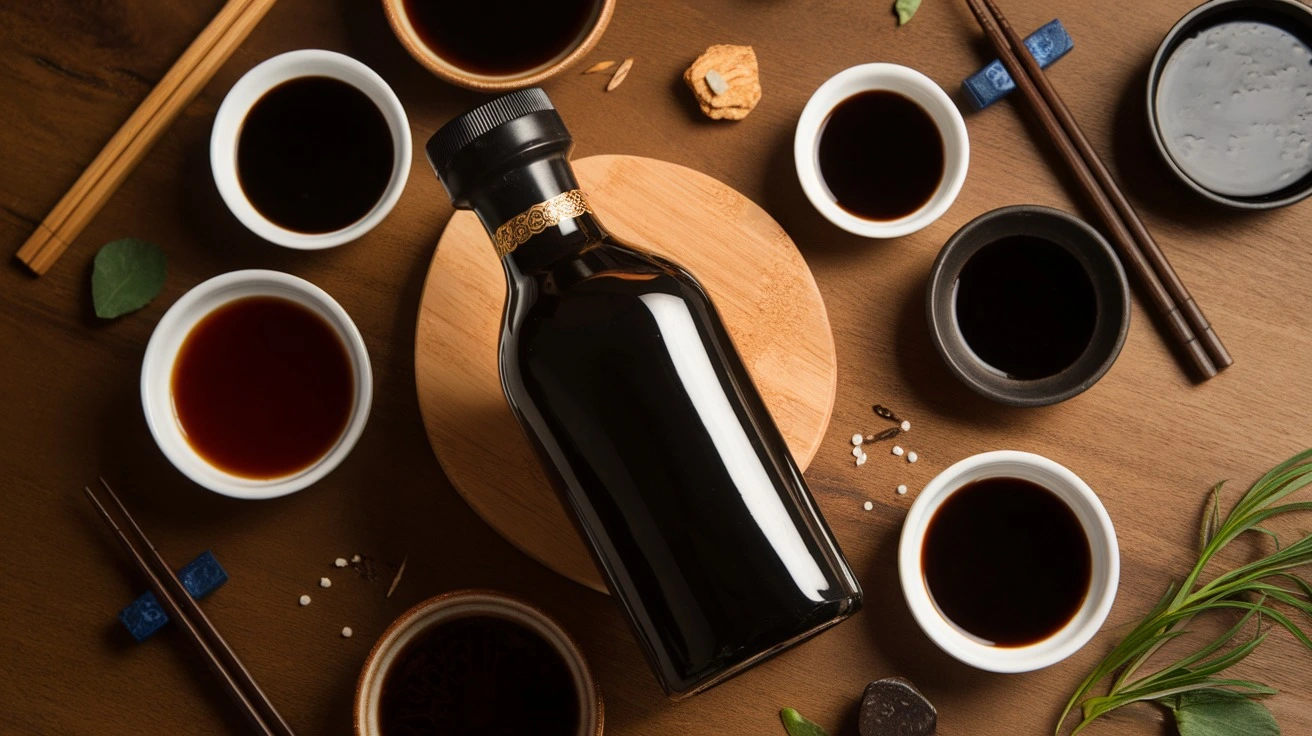Dark soy sauce is a must-have for those who enjoy bold flavors in their cooking. Unlike the regular version, it offers a richer taste, thicker texture, and a deep color. It’s fermented longer, giving it a complex, slightly sweet flavor, perfect for marinating, glazing, or adding depth to sauces. Ideal for stir-fries, braised dishes, and soups, it enhances both the taste and appearance of your meals. Additionally, it helps tenderize meat and provides antioxidants, all while being lower in salt than regular soy sauce. A versatile pantry staple, it brings both flavor and health benefits to your dishes.
In this guide, we’ll break down everything about it—from its key characteristics to its best uses in the kitchen.
👉 If you’re curious about how it compares to other types, check out our in-depth comparison of soy sauce vs. dark soy sauce.
Understanding Dark Soy Sauce
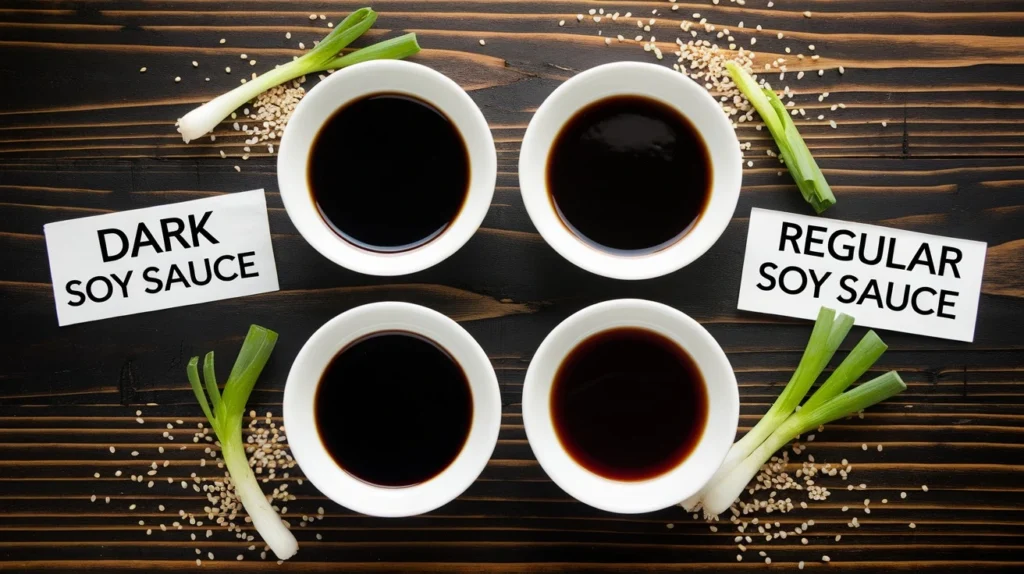
Dark soy sauce is a fermented condiment with a thick texture, deep color, and slightly sweet, umami-rich flavor. It’s commonly used in Chinese and Southeast Asian cuisine to enhance stir-fries, marinades, and braised dishes.
Key Characteristics
Color: Deep brown to almost black, ideal for adding a rich color to food.
Flavor: A balance of sweetness and umami with a less pronounced saltiness.
Texture: Thicker and more viscous than light soy sauce, making it perfect for glossy finishes.
For recipes needing both flavor complexity and a rich glaze, it is a great choice. Even in dishes like cottage cheese lasagna, a splash of this sauce can add a new layer of depth.
How Does it Differ from Regular Soy Sauce?
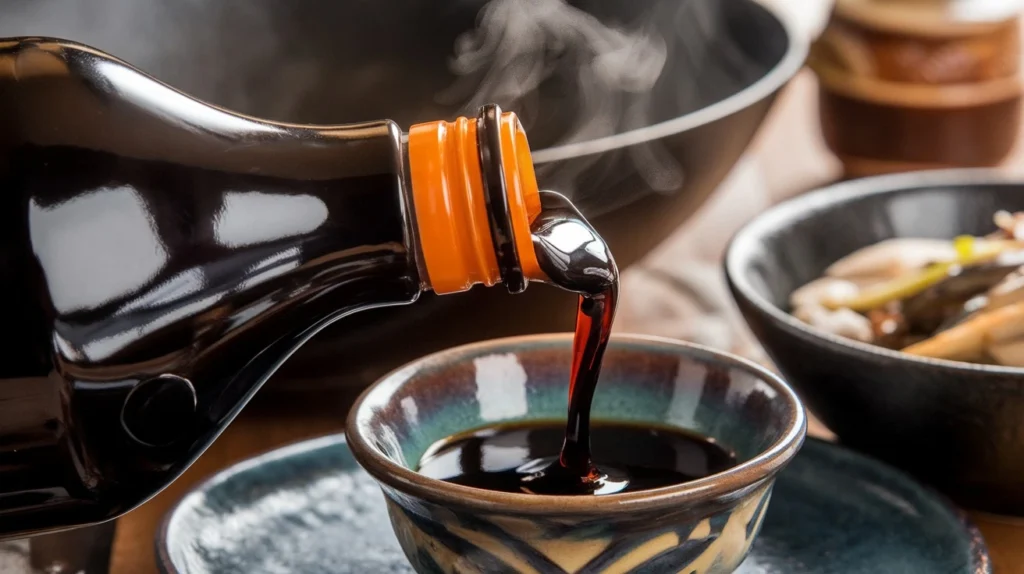
When it comes to soy sauces, not all are created equal. Here’s a quick breakdown of the differences:
| Feature | Dark Soy Sauce | Regular Soy Sauce |
|---|---|---|
| Color | Deep, almost black | Reddish brown |
| Flavor | Sweet, rich, umami | Salty, balanced |
| Consistency | Thick | Thin |
For a more detailed comparison, you can revisit our soy sauce guide. Additionally, this article on types of soy sauce delves into regional variations and their unique characteristics.
Uses of Dark Soy Sauce
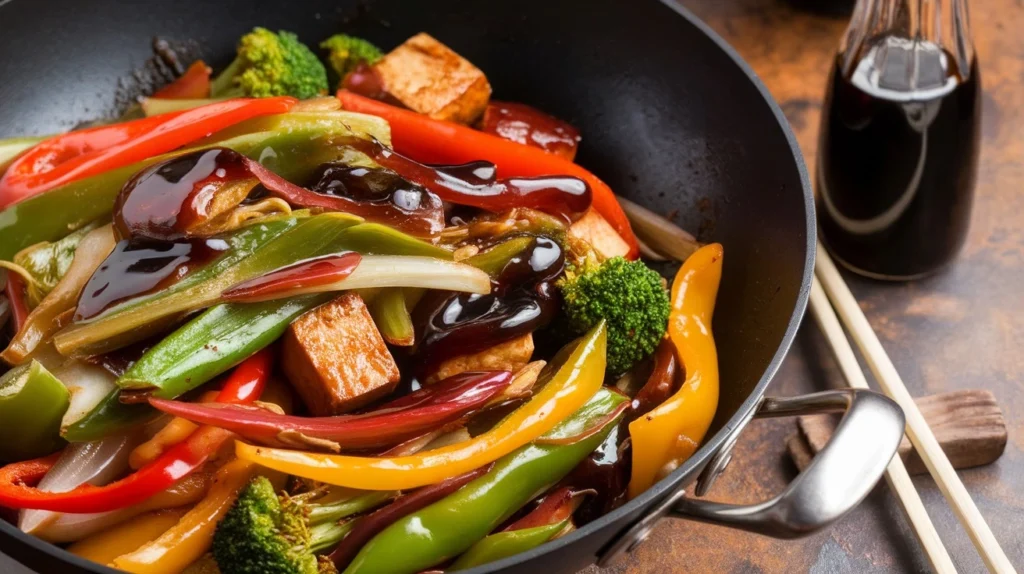
Dark soy sauce is a versatile ingredient that works wonders in:
- Marinades: Adds richness to meat or tofu marinades.
- Stir-Fries: Enhances both color and flavor.
- Braised Dishes: Perfect for slow-cooked dishes needing bold flavors.
- Dipping Sauces: A fantastic base for customized dipping sauces.
For inspiration, consider incorporating it into a comforting pasta dish like cottage cheese pesto pasta.
Benefits of Dark Soy Sauce
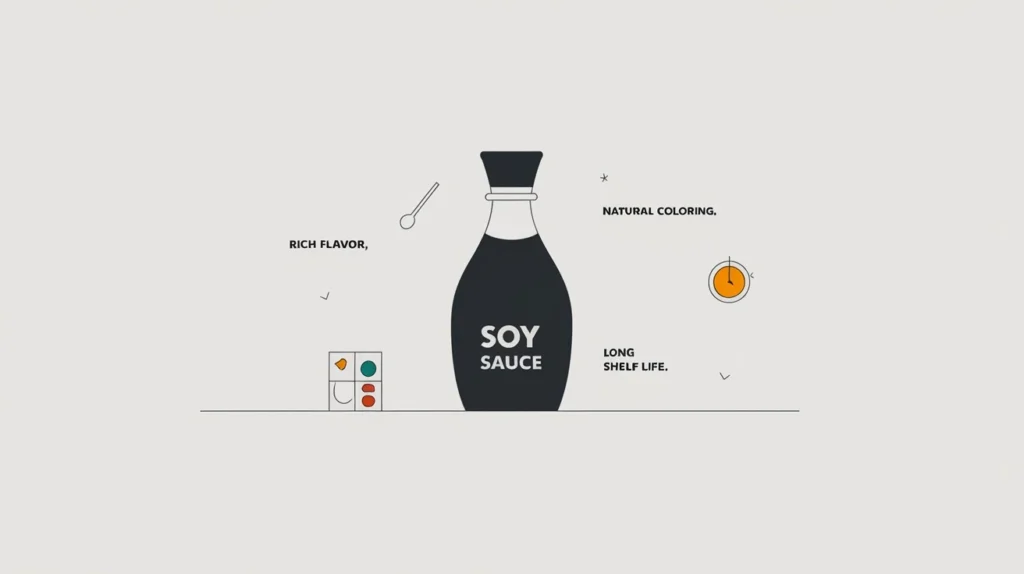
Why should it be a pantry essential? Here are a few reasons:
- Flavor Enhancer: Its umami-rich taste makes any dish stand out.
- Natural Coloring: Provides a beautiful dark glaze to foods.
- Long Shelf Life: A single bottle can last months in your kitchen.
How to Choose the Best Dark Soy Sauce
Check Ingredients
Look for naturally brewed options without artificial additives.
Read Labels
Avoid overly salty versions if you’re watching sodium intake.
Consider Origin
Authentic Chinese or Japanese brands often offer better quality.
Substitutes for Dark Soy Sauce
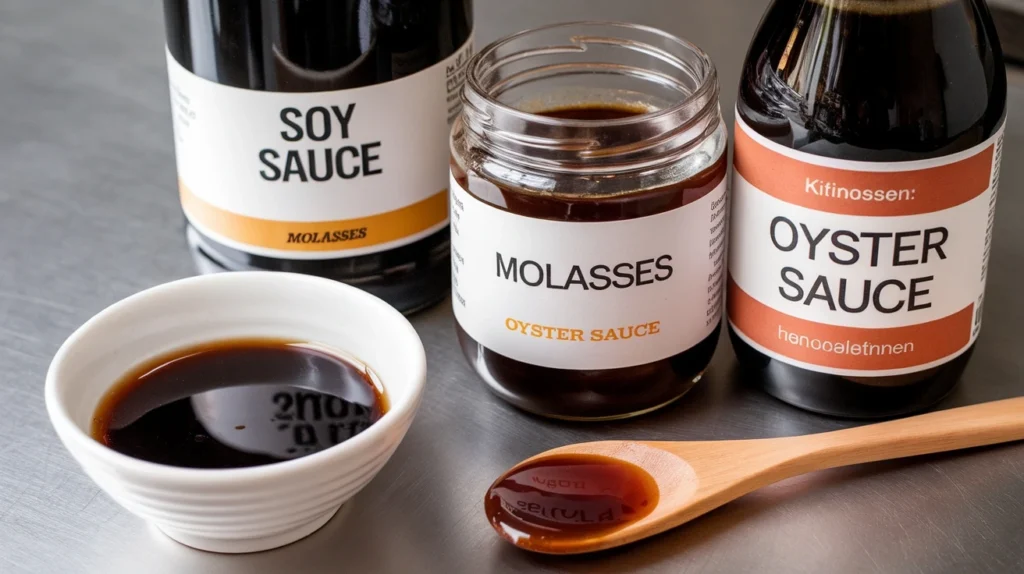
If you’re out of it, you can use these substitutes in a pinch:
- Regular Soy Sauce + Molasses: Mix equal parts for a similar flavor and texture.
- Oyster Sauce: Offers a comparable richness, though with a seafood undertone.
- Mushroom Soy Sauce: Provides a similar earthy, umami flavor.
Fun Facts About Dark Soy Sauce
- It has been used in Chinese cooking for over 2,500 years.
- A small amount goes a long way in flavoring and coloring dishes.
- It is often paired with light soy sauce to balance flavors.
Cooking Tips
Use Sparingly
Start with a small amount and adjust to taste.
Pair with Other Sauces
Combine with light soy sauce or sesame oil for balanced flavors.
Store Properly
Keep in a cool, dark place to preserve its quality.
Conclusion
Dark soy sauce is a culinary gem that deserves a place in every kitchen. From enhancing your stir-fries to creating mouthwatering marinades, this versatile sauce is a must-have for any home cook. Ready to try a recipe that incorporates bold flavors? Explore our recipe ideas for more inspiration.

